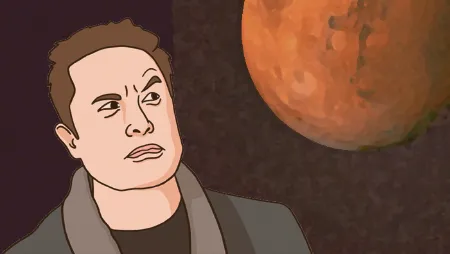Evolution connects all life on Earth. Whether you're a marine worm or a marmoset, the same genetic code proliferates your DNA.
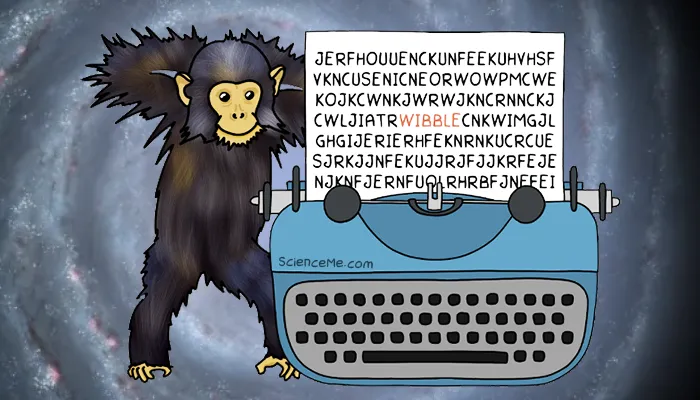
For 3.8 billion years, ever since the first cells formed on Earth, all DNA has been slowly mutating, giving rise to greater biological variation. Ultimately, these mutations fuelled all bacteria, viruses, plants, fungi, and animal evolution.
But how does mutation produce different lifeforms? To answer this, we need to look at how DNA works.
How Does DNA Work?
Our DNA is a 3.2-billion-long sequence of bases called adenine, cytosine, guanine, and thymine. If you were a computer, this would be your source code.
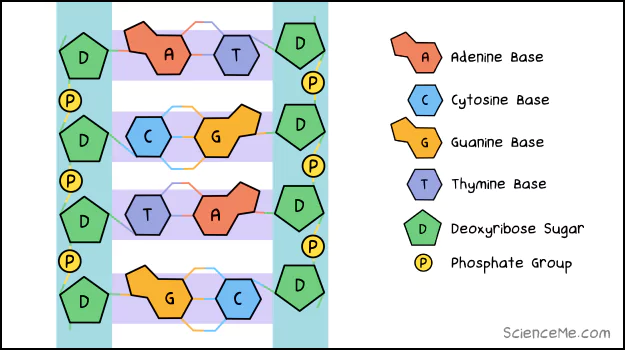
The structure of DNA. DNA base pairs (A, C, G, T) attached to the sugar-phosphate backbone. It's the precise sequence of adenine, cytosine, guanine, and thymine bases in genes that creates the diversity of life.
Only a small fraction of our DNA—about 1-2%—are characterised as genes.
Genes are the recipes for biological products called proteins, which drive our physical and behavioural makeup.
That's because proteins fulfil a vast array of functions in the body, with structural, signalling, and catalytic roles, to name a few. They produce the pigment in our irises, the haemoglobin in our blood cells, and the myosin in our muscles.
So our genes encode our proteins, which manifest much of our form and function. When our genes change, our bodies change.
What Are Mutations?
Mutations are mistakes in our genetic sequences of As, Cs, Gs, and Ts. They can occur during the process of DNA replication every time a cell divides. As a result, all cells to descend from it carry the same mutations.
A genetic mutation can be as seemingly inconsequential as the addition, substitution, or deletion of a single DNA base.
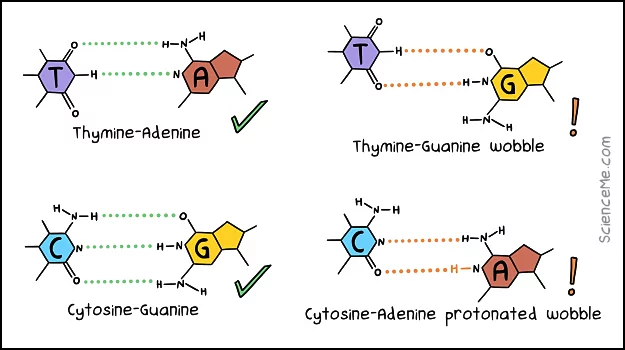
Correct pairing and mispairing between DNA bases. Occasionally, bases can form hydrogen bonds between the wrong atoms, or gain an extra proton to create a protonated wobble.
Some mutations make no difference at all to the protein product. These are called silent mutations. Other mutations corrupt genes so much they no longer encode functional proteins, and we suffer disease.
But the mutations you really want are adaptations, X-Men style. These are genetic anomalies that give us greater immunity, intelligence, strength, or any biological feature that enhances our odds of survival.
Genetic mutations can be minor or major, from single base substitutions to the duplication of entire chromosomes.
Some mutations can have seemingly disproportionate effects. For instance, changes in homeobox genes—the master switches of physiology—can completely alter an organism's body plan. This is how worms evolved segmentation and flies evolved two sets of wings.
But all genetic mutations are random, like infinite monkeys smashing at infinite typewriters. It's only when a monkey types a new readable word, we get a potentially winning combination of letters.
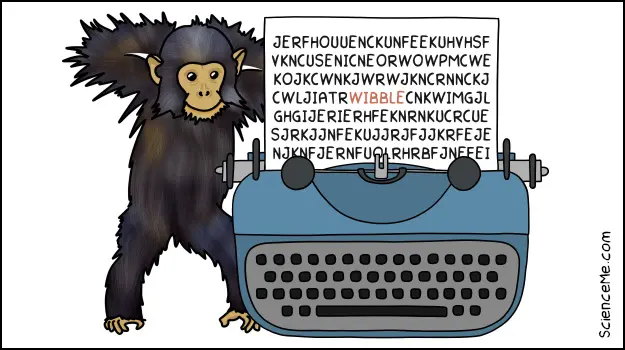
Random mutation can be compared to the literary works of haphazard chimps, whose combined word count provides the raw material for natural selection.
If mutations are random, how does evolution work to make life increasingly complex and refined? This is the problem that Charles Darwin and Alfred Russell Wallace got stuck into in the 1850s. They named their solution natural selection.
What is Natural Selection?
Darwin and Wallace independently concluded that nature prunes away detrimental traits (with fewer offspring and death) and rewards beneficial ones (with more offspring and survival).
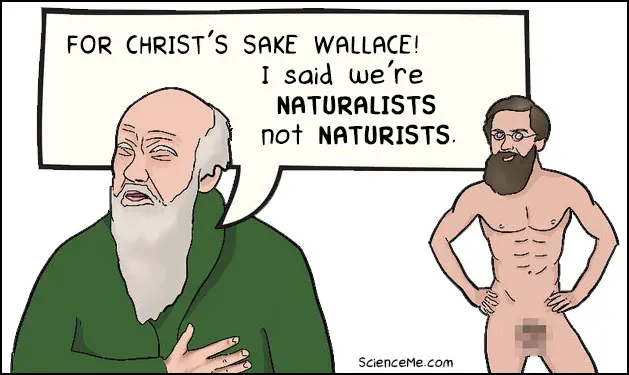
Darwin and Wallace had a complicated relationship.
Consider the first shark-like creature to be born with two sets of teeth. Or continuous tooth regeneration. Or just an all-round bigger mouth. Adaptations are everywhere, so you can take your pick.
The only reason these features are beneficial is because they change how the shark interacts with its environment.
When a shark can more easily capture prey, it can feed more and won't die of hunger. This gives it more time to reproduce and pass on the meaning of life: genes.
So while genetic mutation is random, it's nature that dictates whether the new genes are worth keeping around. Take a classic camouflage example.
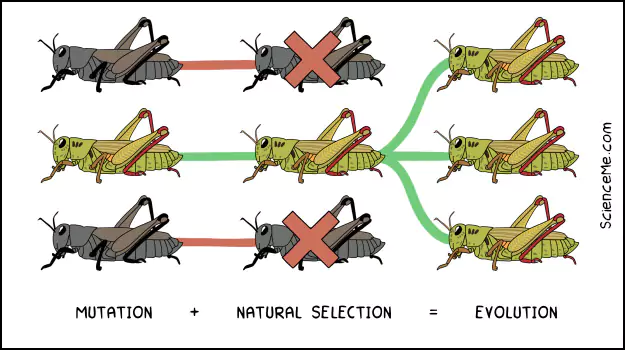
Evolution is the sum of incremental adaptations like better camouflage.
At a time when all wildtype grasshoppers are black, one lucky grasshopper carries a random mutation for green pigment. This offers better camouflage in his native grasslands so he's less likely to be eaten by a predator.
With a longer lifespan than average, he has more opportunities to reproduce and pass on his mutant pigment gene. Over many generations, the new gene spreads through the grasshopper population.
Earth has many different natural environments, from deep sea floors, to tropical rainforests, to frozen tundras. Each supports an array of flora and fauna exquisitely well-adapted to their habitats.
When Darwin travelled to the Galapagos Islands in 1835, he saw that different species of finches were uniquely adapted to different habitats. The fruit-eating birds had short, stubby beaks while the insect-eating birds had long, prying beaks.
He concluded the environment was shaping their physical nature—not individually, but collectively, which implied a link between habitat and inheritance.
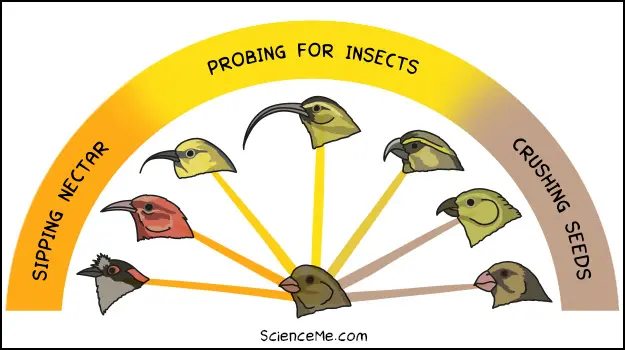
The gradual differentiation of finch species on the Galapagos Islands shows adaptive radiation.
Even when we consider mankind's insatiable desire to adapt the environment to our needs, the governing law of natural selection is that the environment dictates our genes. We are nature's babies. She births us, shapes us, and destroys us at every level.
Without this insight, it can seem like our genes are goal-oriented (or selfish in the words of Richard Dawkins). Darwin and Wallace taught us they're just chemicals in a feedback loop with the environment.
And they did so without knowing anything about genes. The idea of these discrete units of inheritance only came to light when Gregor Mendel got funky with peas in 1865. It's thought that Darwin knew nothing of his work; after his death a copy of Mendel's paper was found, unopened, in Darwin's office.
Final Thoughts
Evolution is pretty wild. At the most fundamental level, it's fuelled by chaos; by mistakes in DNA replication. It's only natural selection that brings order to this chaos with the self-correcting mechanism for successful evolution.
This is the key to understanding how evolution works, including the paradox of how complex life has arisen from simple lifeforms over billions of years.
I hope this has whet your appetite for evolution, because you're one tap away from 16 Giant Leaps in Animal Evolution and all its delightful oddities over the last 800 million years.
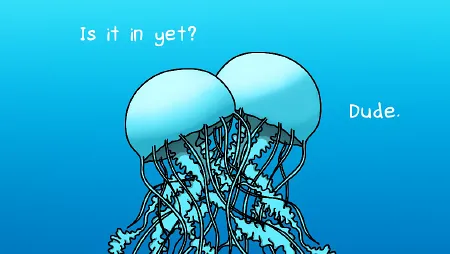
How Do Jellyfish Have Sex?
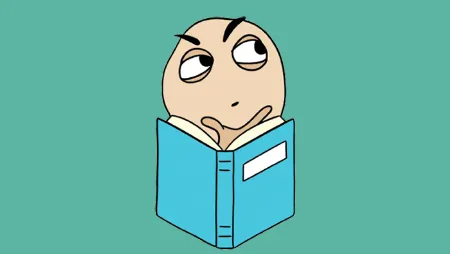
15 Popular Science Books
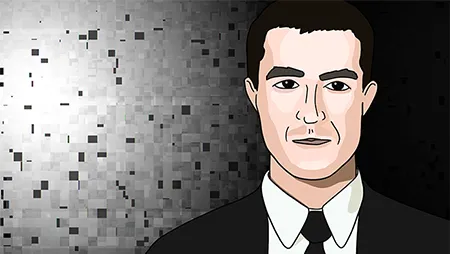
Best Lex Fridman Podcasts
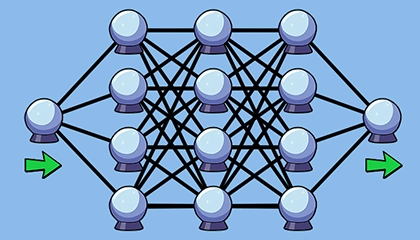
How Does ChatGPT Work?
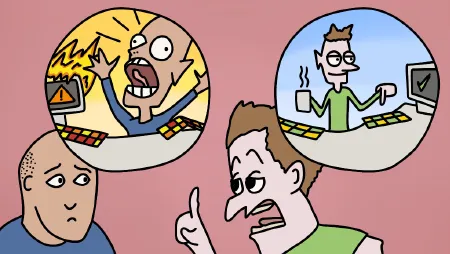
The Biology of Depression
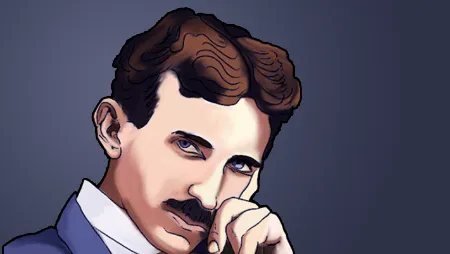
The Life of Nikola Tesla
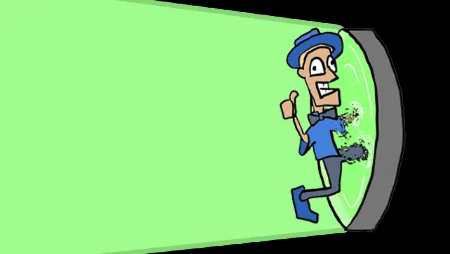
A Man Walks into a Teleporter
